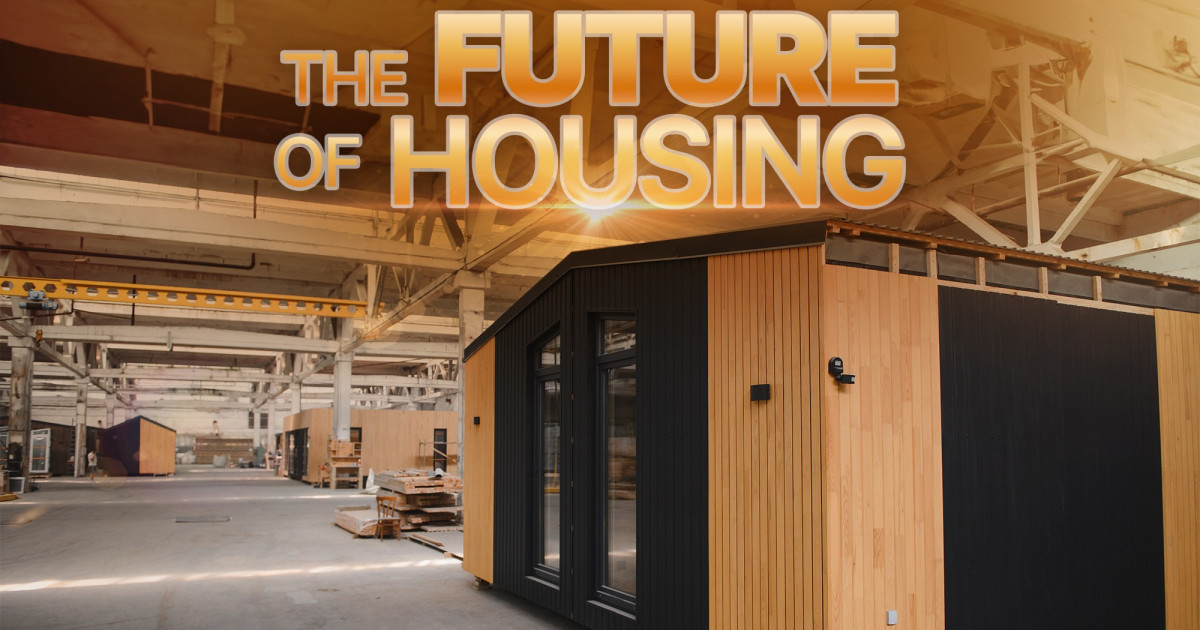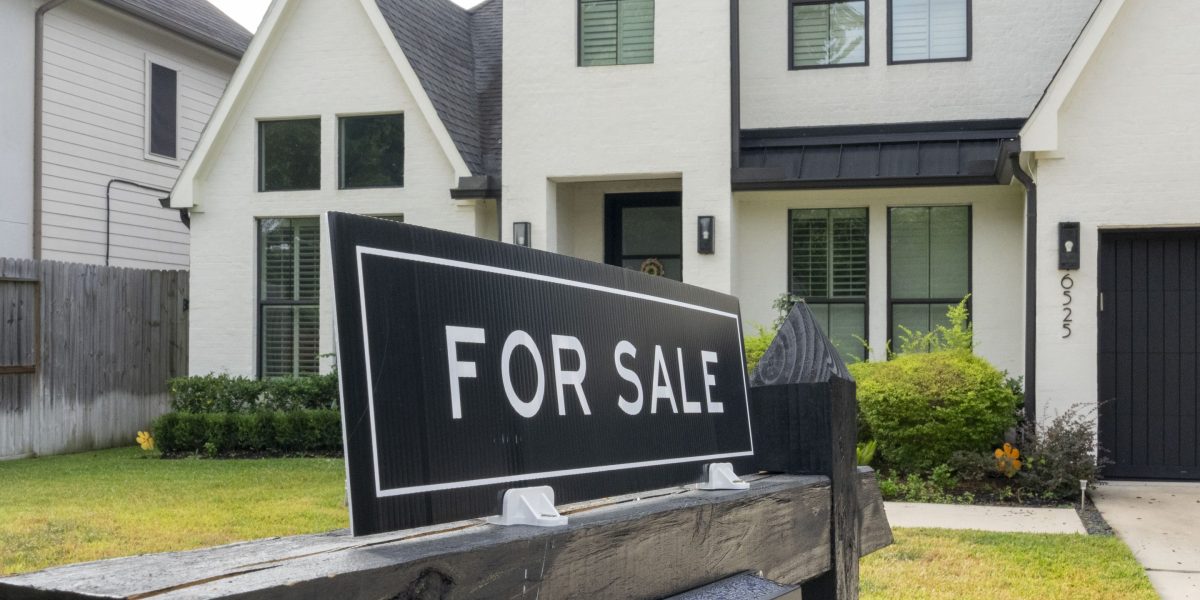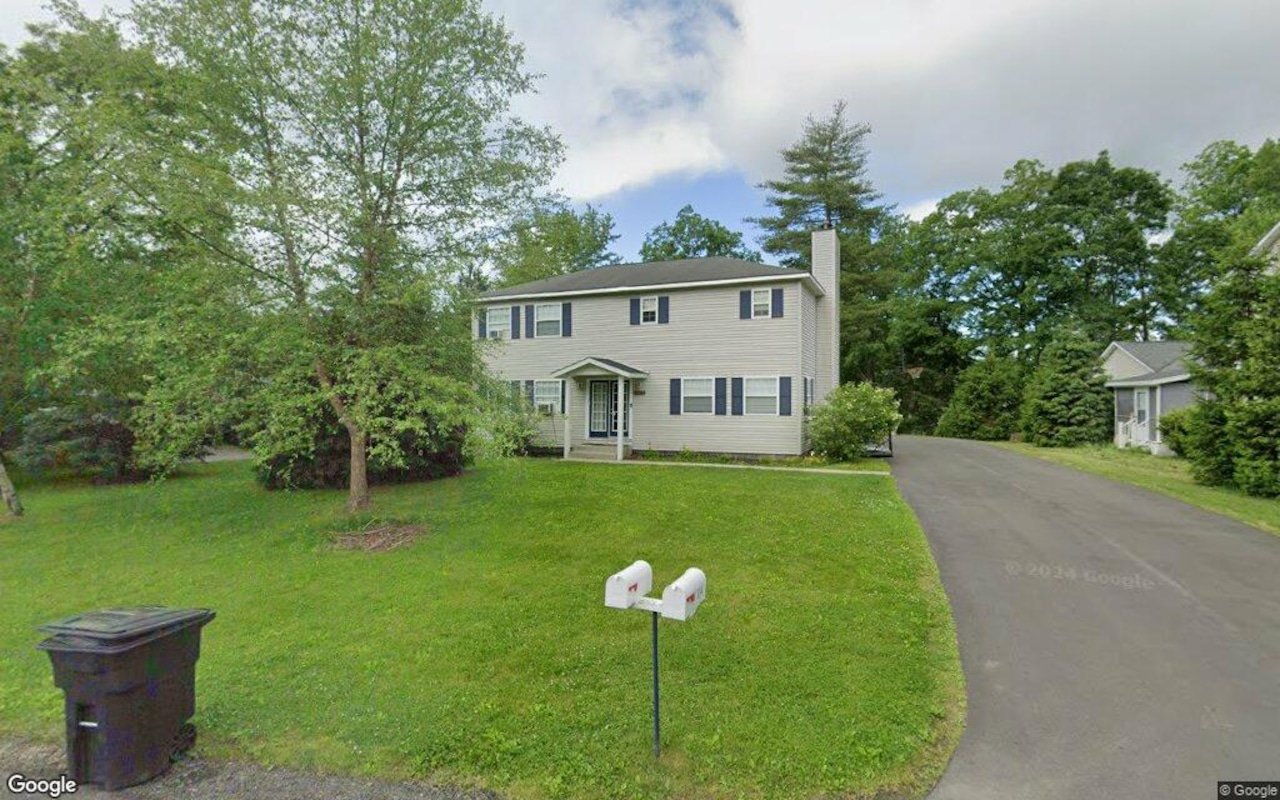D
ecades of underbuilding have led to a severe shortage of homes, driving up prices and making housing unaffordable for many. Modular construction, which has been around since the early 1900s, is gaining attention as a potential solution. Unlike manufactured homes, modular homes are built to the same standards as traditional site-built homes, with the same permits, codes, and inspections.
Modular construction involves building individual rooms in a warehouse, from framing to utility connections and design elements, before delivering them to a jobsite for assembly. This process can be significantly faster than traditional construction, reducing costs and increasing supply. According to Jon Hannah-Spacagna, government affairs director for the Modular Building Institute, modular homes are not "manufactured homes," which are held to a different standard.
The modular building industry has been growing over the past decade, with total value increasing from $3.7 billion in 2015 to $14.6 billion in 2023. Relocatable modular buildings add another $5 billion in value. Experts argue that modular construction could be an important piece of the housing puzzle, increasing supply and lowering costs for buyers.
Nathan Peterson, CEO of Vederra Modular, says modular construction can impact affordability through speed-to-market and carrying costs. Modular developments can often be completed 50% to 60% faster than site-built projects, reducing costs and allowing developers to pass on savings to homeowners. Additionally, modular homes in Colorado are inspected by state regulators, meeting a higher energy code that can help save homeowners money on utility bills.
Despite the potential benefits of modular construction, it remains a small part of the overall construction market, accounting for about 6.6% of new construction starts in 2023. However, this share is up from 2.14% in 2015. To grow demand and increase adoption, more public education about modular construction is needed, according to Hannah-Spacagna and Peterson.












